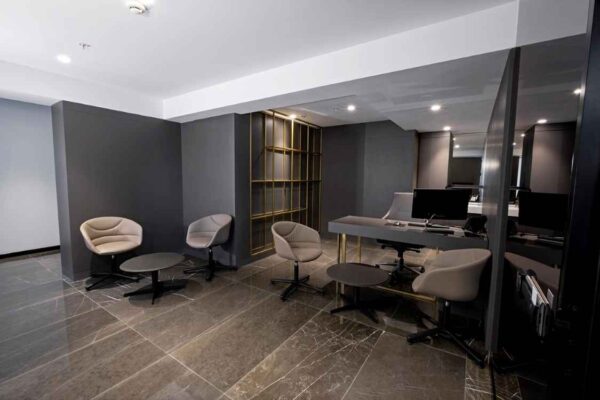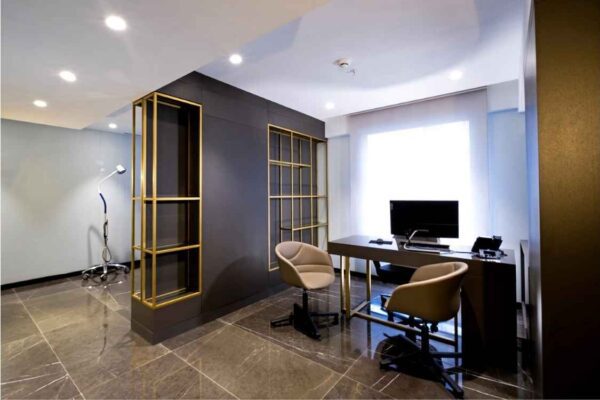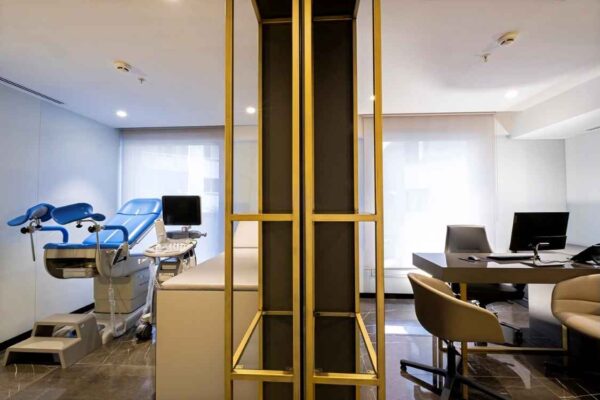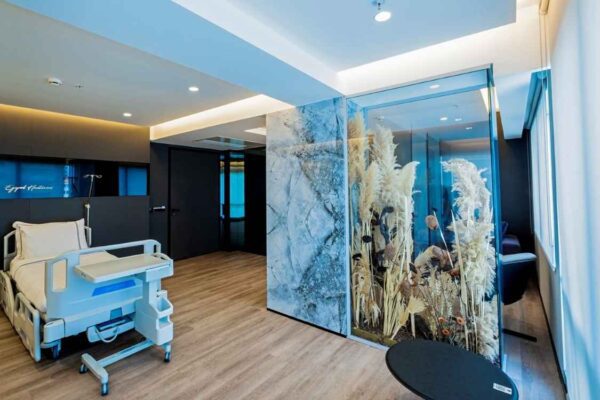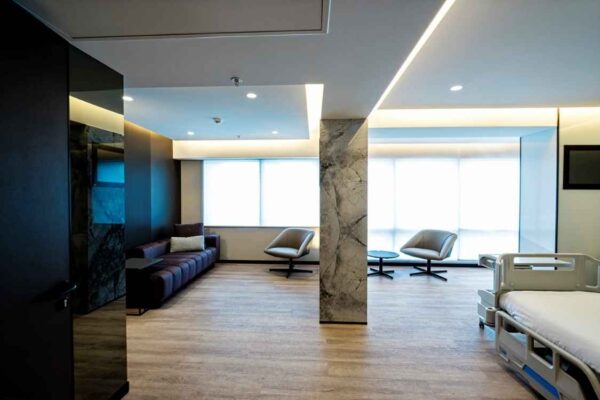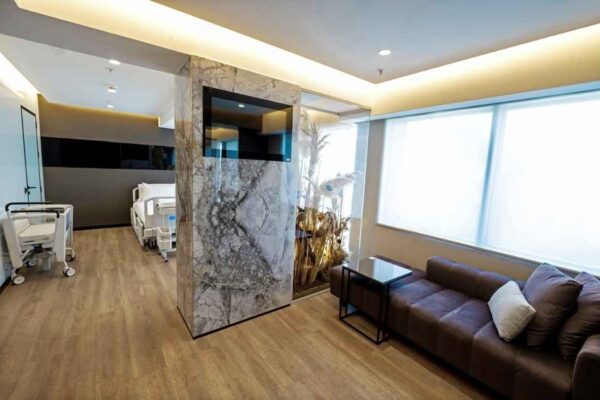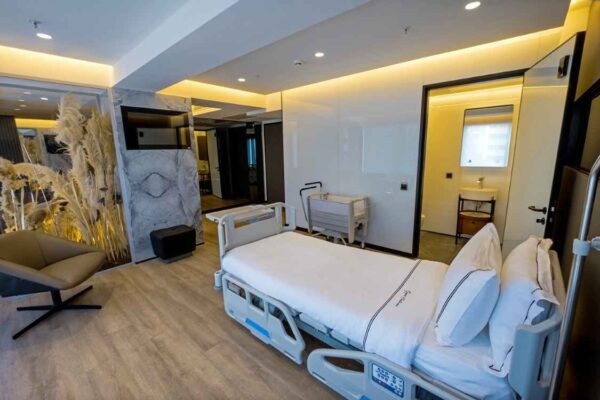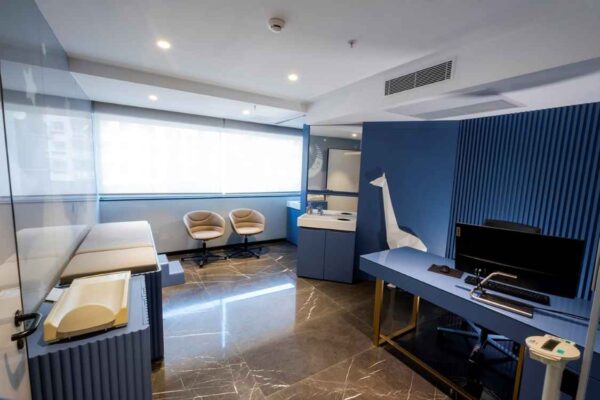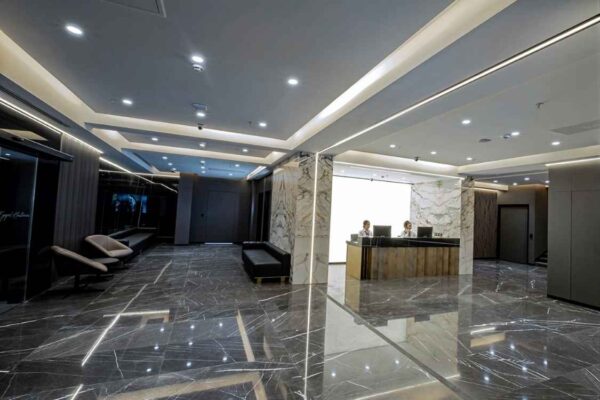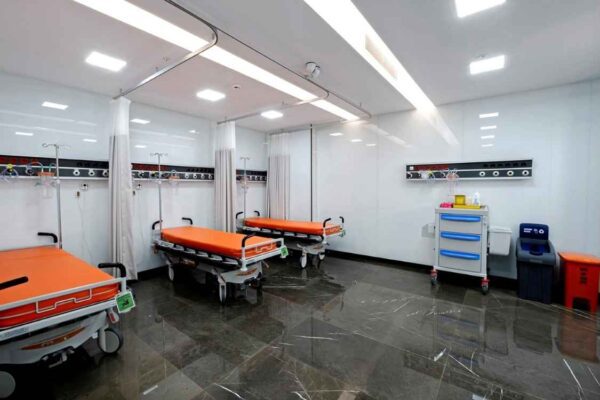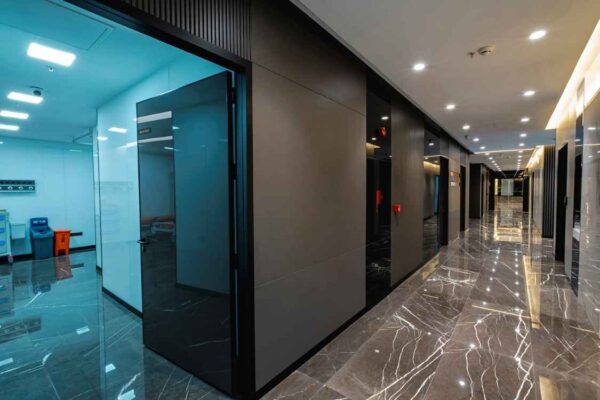Multifocal lenses are corrective lenses designed to address presbyopia, a common age-related condition that affects the eye’s ability to focus on near objects. These lenses incorporate multiple optical powers within a single lens, allowing clear vision at different distances.
Multifocal lenses are available in various forms, including bifocals, trifocals, and progressive lenses. Bifocals have two distinct optical zones for near and far vision, trifocals have three zones for near, intermediate, and far vision, while progressive lenses provide a smooth transition of powers for all distances.
Multifocal lenses provide a convenient solution for individuals who require vision correction at multiple focal lengths without the need for separate pairs of glasses.
How to Make Multifocal Lenses?
The process of making multifocal lenses involves several steps:
- Prescription assessment: An eye care professional assesses the individual’s vision and determines the appropriate prescription for multifocal lenses. This includes measuring refractive errors and identifying the specific needs for near, intermediate, and far vision.
- Lens design: Using the prescription information, the lens manufacturer designs the multifocal lenses. The design incorporates multiple optical powers to address different focal points. For example, bifocals have two distinct powers for near and far vision, while progressive lenses provide a smooth transition of powers.
- Lens production: Once the design is finalized, the lens manufacturer produces the multifocal lenses. This involves using specialized cutting and shaping techniques to form the lenses based on the design specifications. The lenses are typically made of plastic or glass materials.
- Lens fitting: The multifocal lenses are fitted into the chosen eyeglass frame. The fitting process ensures proper alignment of the lenses with the individual’s eyes and optimal visual performance. Adjustments may be made to the frame to ensure comfort and accurate vision correction.
It is important to note that the specific manufacturing techniques and equipment used can vary among different manufacturers. The entire process of making multifocal lenses requires coordination between the eye care professional who assesses the prescription and the lens manufacturer who produces the lenses.
How Long Does the Procedure Take?
The duration of the procedure for obtaining multifocal lenses can vary depending on factors such as the complexity of the prescription, the availability of lens materials, and the efficiency of the manufacturing process.
Typically, it can take a few days to a couple of weeks to complete the entire procedure. This includes the time for prescription assessment, lens design, lens production, and lens fitting.
It is advisable to consult with your eye care professional for a more accurate estimate based on your specific circumstances.
What are the Multifocal Lenses Advantages and Disadvantages?
Multifocal lenses offer several advantages and disadvantages. Let’s explore each:
Advantages of Multifocal Lenses:
- Convenience: Multifocal lenses eliminate the need for carrying multiple pairs of glasses or constantly switching between them. They provide clear vision at different distances within a single pair of glasses, making them convenient for individuals with presbyopia.
- Seamless transition: Multifocal lenses offer a seamless transition between near, intermediate, and far vision. They allow individuals to perform tasks at various distances without the need to constantly adjust or switch glasses, providing a more natural visual experience.
- Enhanced functionality: Multifocal lenses cater to different visual needs, such as reading, computer work, and distance viewing. They provide the flexibility to address various visual demands without compromising visual acuity.
Disadvantages of Multifocal Lenses:
- Visual disturbances: Some individuals may experience visual disturbances such as halos, glare, or reduced contrast sensitivity when using multifocal lenses, particularly in low-light conditions or with specific lens designs. These effects can be more noticeable during the adaptation period.
- Adaptation period: Adjusting to multifocal lenses may require a period of adaptation. It may take some time for the brain to learn to interpret the different zones or powers within the lenses. During this period, some individuals may experience difficulty in finding the correct focus for specific tasks.
- Compromised visual acuity: Multifocal lenses may not provide the same level of visual acuity for each distance as single-focus lenses designed specifically for that distance. There may be a slight compromise in visual clarity, especially in comparison to wearing glasses optimized for a specific task or distance.
It’s important to consult with an eye care professional who can assess your individual needs, consider the advantages and disadvantages, and help determine if multifocal lenses are the right choice for your specific vision requirements.
What should be considered after Multifocal Lenses Procedure?
After undergoing a multifocal lenses procedure for vision correction, there are several important considerations for a successful recovery and optimal visual outcomes. Here are some key points to keep in mind:
- Follow the post-operative instructions provided by your ophthalmologist diligently. This may include medication usage, eye care, and activity restrictions.
- Use prescribed eye drops as directed to prevent infection, reduce inflammation, and promote healing.
- Protect your eyes from bright sunlight by wearing sunglasses that provide adequate UV protection.
- Avoid rubbing or putting pressure on your eyes, as it may interfere with the healing process and affect the positioning of the lenses.
- Attend all scheduled follow-up appointments to monitor your visual progress and address any concerns or complications.
- Give yourself time to adjust to the new multifocal lenses and understand that it may take a few weeks for your vision to stabilize.
- Be aware that you may experience some visual disturbances, such as halos or glare, especially in low-light conditions. These usually improve over time, but discuss any persistent issues with your ophthalmologist.
- Practice good eye hygiene, including regular cleaning of the lenses as per your doctor’s instructions.
- Report any unusual symptoms, such as severe pain, redness, or sudden vision changes, to your healthcare provider immediately.
- Maintain regular eye check-ups to ensure the long-term health and function of your multifocal lenses.
FAQs
The local currency of the Republic of Turkey is the Turkish Lira. Our patients can convert their cash from exchange offices to Turkish Lira.
Our patients can withdraw money in Turkish Lira, Euro and Dollar through ATMs in Turkey. You can easily withdraw money with foreign language options available at ATMs.
Foreigners can use their own vehicles with the obligation to carry their own driver's license, vehicle license and passport with them. Vehicles are driven on the right side of the road in Turkey.
The sockets in Turkey are dual like the sockets used in Europe.
If you have your phone line open for use abroad before coming to Turkey, you can use your own operator as well as local GSM operators.
Our Team
Our Hospital
Atilla, Halide Edip Adıvar St.
No:57, 35270 Konak/İzmir












